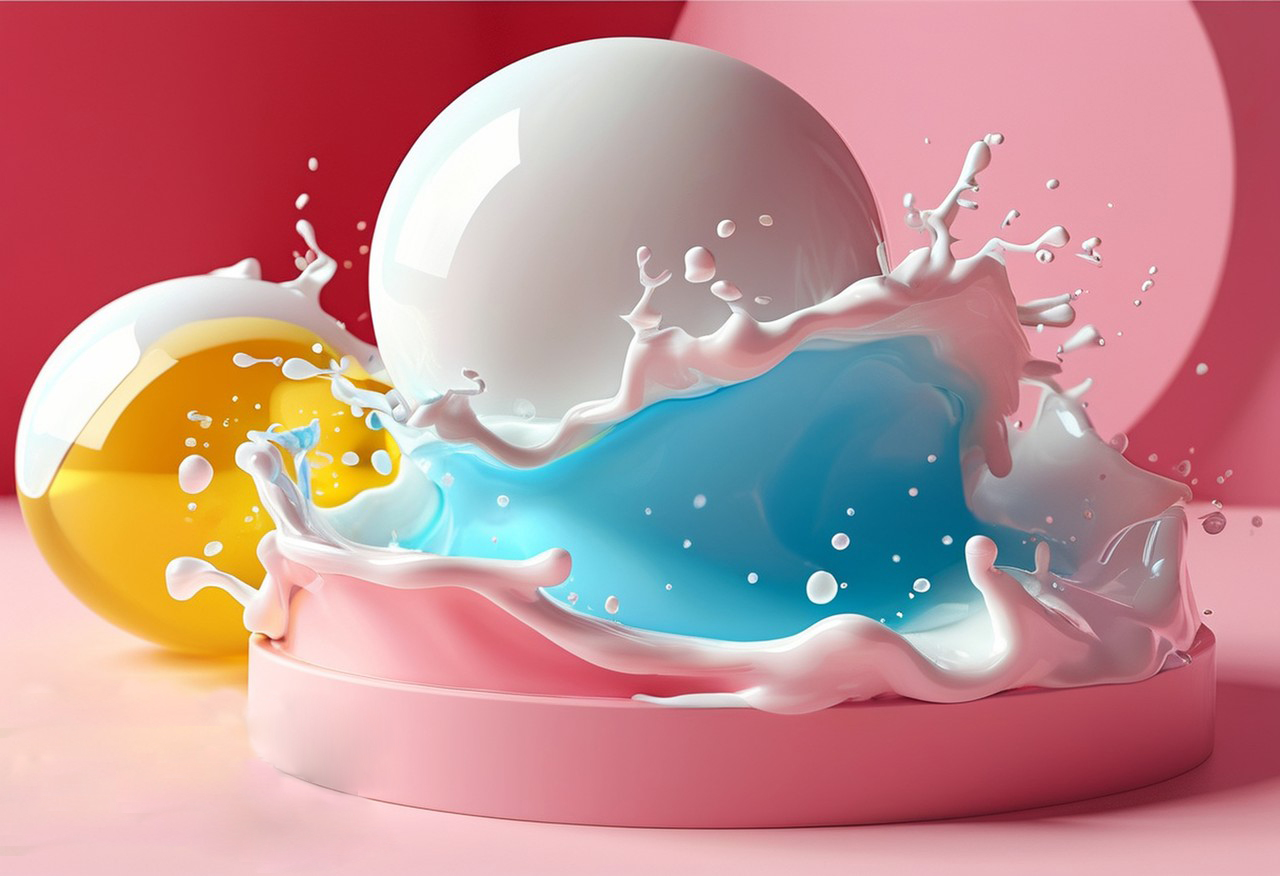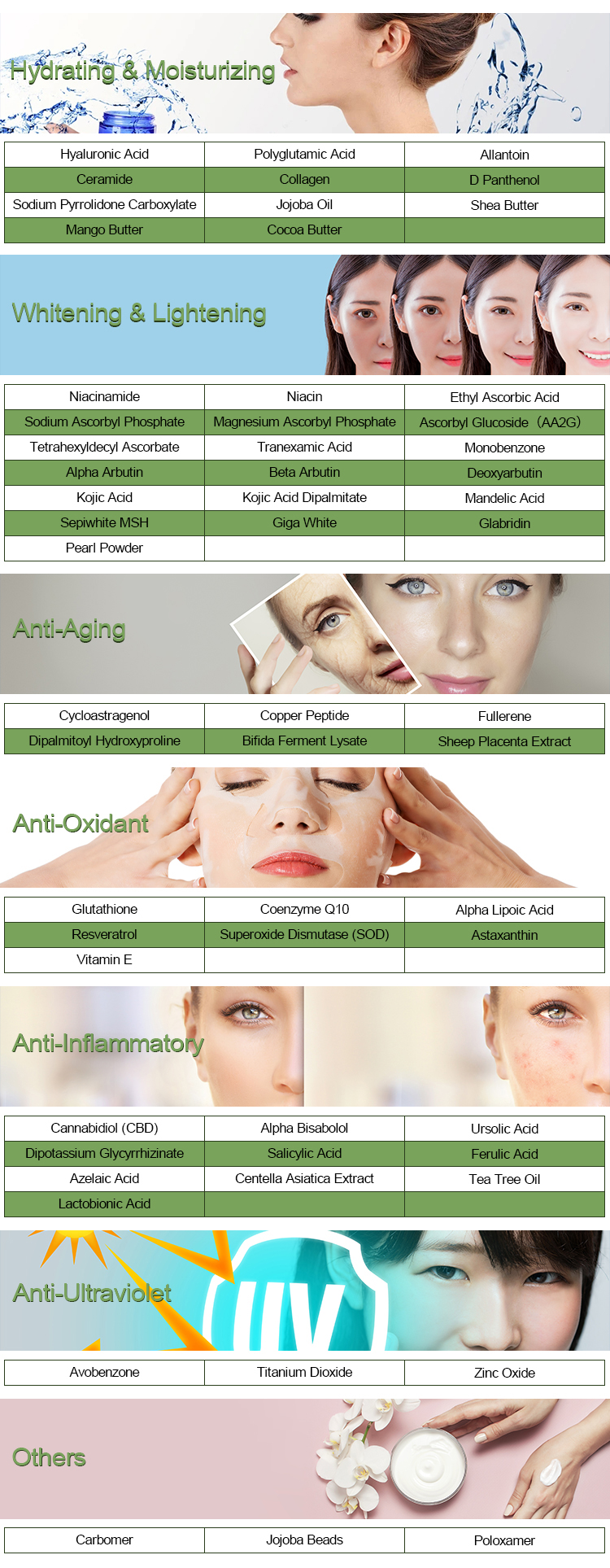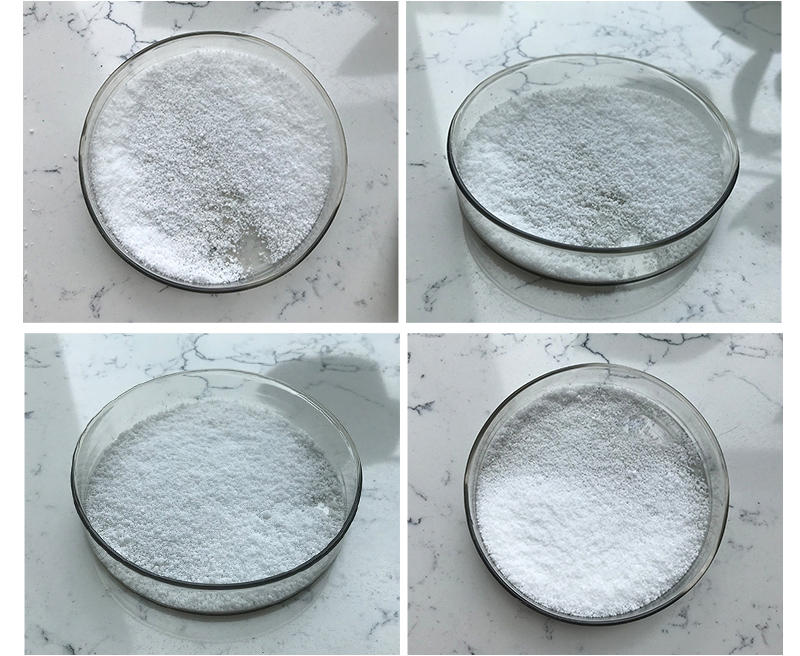Poloxamer 407 is a nonionic surfactant commonly used in pharmaceutical formulations, particularly in topical gels, emulsions, and as a solubilizer in drug delivery systems. It is also used in cosmetics and personal care products due to its ability to solubilize hydrophobic substances and its ability to modify the viscosity of solutions.
For best results, here are some key considerations on how to use Poloxamer 407:
1. Formulation Type
- Topical Gels: Poloxamer 407 is often used to create gels that can deliver active ingredients to the skin. The gel forms when the temperature is lowered, as Poloxamer 407 exhibits thermoreversible behavior (i.e., it turns into a gel at body temperature and reverts to a liquid when cooled).
- O/W Emulsions: It is also used in oil-in-water emulsions, where it helps stabilize the emulsion and reduce surface tension.
- Solubilization: Poloxamer 407 can be used to solubilize poorly water-soluble compounds, which improves the bioavailability of certain drugs when formulated into liquid or gel forms.

2. Concentration
- The concentration of Poloxamer 407 is crucial for achieving the desired gel or solubilizing effect. Typically, 15% to 30% concentration of Poloxamer 407 is used to create gels, but this can vary depending on the specific formulation.
- At lower concentrations, it may be used as a surfactant or emulsifier, while higher concentrations yield more viscous gels.
3. Preparation Method
- Hydration Process: Poloxamer 407 should be hydrated slowly, usually by stirring it into warm water (~60–70°C) to allow it to dissolve fully. It forms a gel structure as it cools to room temperature or body temperature (around 37°C).
- Incorporating Active Ingredients: If you are incorporating drugs or active ingredients, these should typically be dissolved or suspended in the liquid phase before mixing with Poloxamer 407 to ensure uniform dispersion.
- Cooling Process: After dissolving and mixing, the formulation needs to cool down slowly to form the gel. If you cool it too quickly, the structure might not form as effectively.
4. pH and Ionic Strength
- Poloxamer 407 is quite stable over a wide pH range, but formulations should generally be kept in the pH range of 4 to 8. In acidic or highly basic environments, it might lose its gelation properties.
- Ionic strength also influences the gelation process. In some cases, adding salts (such as sodium chloride) can help fine-tune gel properties and improve stability.
5. Temperature Sensitivity
- Gel-to-Liquid Transition: The gelation process of Poloxamer 407 is temperature-sensitive, so formulations using it may become more liquid at lower temperatures or may be too viscous if the temperature is not controlled.
- Storage Conditions: To prevent degradation of the gel, store it in a cool, dry place. Avoid temperatures above 40°C.

6. Combining with Other Polymers or Surfactants
- Poloxamer 407 can be used in combination with other polymers like Hydroxypropyl Methylcellulose (HPMC) or carbomers to enhance the gel’s rheological properties or to improve the solubility of certain drugs.
- Care should be taken when combining surfactants, as interactions may affect the viscosity or the final appearance of the formulation.
7. Use in Drug Delivery
- Controlled Release: For controlled or sustained release applications, Poloxamer 407 can be used to modify the release rate of the drug from the formulation. Its gel structure can encapsulate drugs, providing a slow release over time, which is useful in both topical and parenteral applications.
- Thermoresponsive Delivery: Its thermoresponsive properties make it suitable for drug delivery systems that need to transition from a liquid to a gel at body temperature (like injectable gels or implant formulations).
8. Compatibility
- Before incorporating other excipients or active ingredients, it is important to check for compatibility. Some active ingredients or solvents can reduce the gelling ability or destabilize the gel.
Example Formulation (for a gel):
- Poloxamer 407 (20% by weight)
- Water (to make up the total volume)
- Active ingredient (e.g., drug, essential oils)
- Preservatives (e.g., phenoxyethanol, if needed)

Steps:
- Heat the water phase to around 60°C.
- Slowly add Poloxamer 407 while stirring to dissolve.
- Once fully dissolved, allow the mixture to cool to room temperature or body temperature.
- Add the active ingredients, if applicable.
- Adjust the pH if necessary.
- Store in a cool environment.
Troubleshooting:
- Incomplete Gelation: If the gel doesn’t form, the Poloxamer 407 might not have been hydrated properly or the concentration might be too low.
- Too Viscous or Too Runny: Adjusting the concentration or the cooling rate can help correct this.
By following these guidelines and understanding the properties of Poloxamer 407, you can achieve the best possible results for your formulations.
